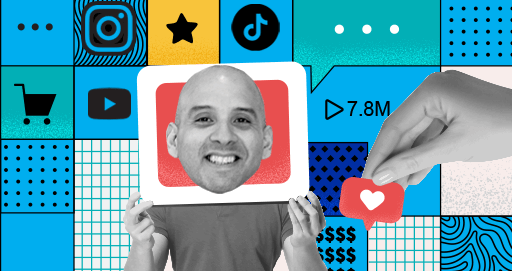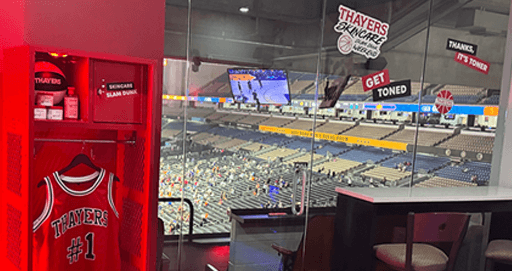PR pros are crucial to managing the communication efforts for live sporting events, big or small. As the liaison between teams, athletes, the media, and fans, our work directly impacts how the event is perceived and the stories that emerge from it, whether it’s a regular-season game or the championship round.
To help navigate the high-stakes, fast-paced world of live sporting events, I developed the S.C.O.R.E. framework – a practical, proven tool I use to stress-test every event PR plan. S.C.O.R.E. stands for Spokespeople, Crisis Planning, Outreach, Readiness and Engagement. Every component of this puzzle is important, including choosing the best spokespeople, developing key messages, being ready for unforeseen emergencies and maintaining media and fan engagement. Concentrating on these areas can increase visibility, create buzz and safeguard the reputation of athletes, teams and organizations. PR pros are integral in setting up the event for success from beginning to end.
Spokespeople
Selecting the appropriate spokesperson guarantees that your message is consistent and clear before and during the event. For example, in working with our client LIV Golf, we assemble a group of spokespeople who can handle everything from hospitality and ticketing to entertainment, course design, fan activities and merchandise. These individuals must be self-assured, media-trained and able to maintain their focus under pressure. By preparing them to respond to simple and difficult questions, you can guarantee the organization’s reputation stays solid and favorable throughout the event.
Crisis Planning
Prepare a strong crisis communication plan in advance to deal with any unforeseen circumstances during the event. This includes developing a comprehensive strategy with clear messaging tactics and designated spokespeople. Being proactive helps prevent minor issues from escalating, protects the organization’s reputation, and builds stakeholder trust. Our previous work with the United States Golf Association (USGA) is a strong example of this. The team was critical in managing communications during some of the association’s most high-profile events, including the U.S. Open and U.S. Women’s Open, helping navigate various challenges – from spectator issues and on-course controversies to rules disputes and inclement weather.
Outreach
A successful event depends on having solid relationships with the media. These relationships help make your event’s story come to life and secure the coverage you are looking for, whether you’re working with regional or national outlets. Developing and preserving those connections guarantees your clients’ messages are understood and generate favorable buzz before, during and after the event. Additionally, it prepares you for future media collaborations that can sustain the momentum, so it’s not just about this one event.
One example of this approach was our work with Daytona International Speedway during their multi-year Daytona Rising redevelopment project. Early on, we identified a Sports Illustrated reporter focusing on venues and facilities and cultivated a relationship over several years with an open and honest dialogue. That effort culminated in a multi-page feature timed perfectly with the grand opening of the new frontstretch, helping to spotlight the transformation of one of motorsports’ most iconic venues on a national stage.
Readiness
Creating a proactive and coherent communication plan outlining the main points and goals before the event is crucial. This entails creating press releases, Q&A documents and event FAQs. Creating a message map will also guarantee that important event highlights are delivered consistently, keeping important stakeholders informed and involved before and during the event.
Engagement
Keeping fans engaged throughout the event is just as important as the action on the field. Leveraging social media and interactive content, such as fan competitions, behind-the-scenes footage, live updates, and Q&As with athletes or team reps, keeps audiences energized and connected. But engagement isn’t a one-way conversation – listening is as essential as communicating. Real-time social listening allows PR teams to monitor public sentiment, track influencer content and identify emerging narratives that might be missed inside the press room. This outside-in perspective equips teams to stay agile, ready to amplify the praise or quickly address concerns, ultimately fostering community and extending the event’s impact beyond game day.
After the event, carefully review the effectiveness of the communications plan. This includes assessing audience engagement metrics, obtaining input from critical stakeholders and comparing media coverage to KPIs. Additionally, consider sending a post-event survey to the media present to gather their opinions. The information you obtain will help you improve future public relations campaigns and ensure you’re even more ready for the next event.
This framework offers a simple method for handling the hectic pace of sporting events. It’s an effective strategy that helps you increase fan engagement, forge closer ties with the media and produce positive outcomes. So, knowing your S.C.O.R.E. will set you up for a win, whether you’re managing a local rivalry or a global championship.




